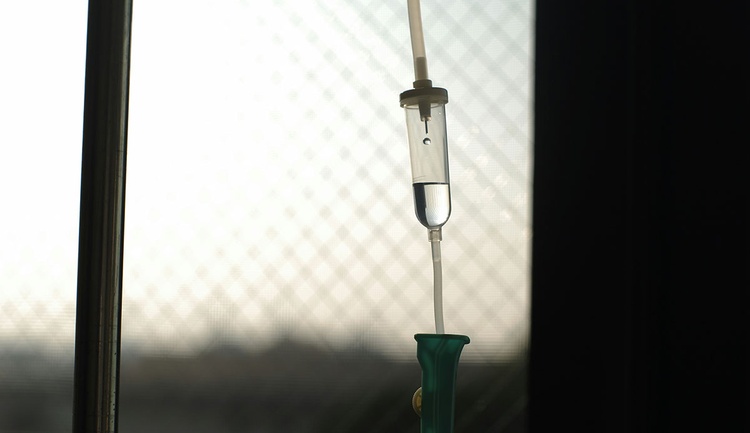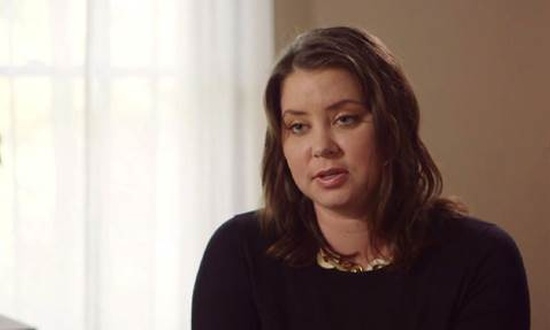Physician assisted suicide is in the news again, with New York lawmakers passing the Medical Aid in Dying Act. The bill is now on Governor Hochul’s desk, and she has not indicated whether or not she will sign it.
On the subject of euthanasia, this is a remarkable article by a man who knows firsthand what it is to face severe physical challenges. Dovie Eistner writes:
I was born with a recessive genetic neuromuscular condition called nemaline myopathy. Over the years, it’s developed to the relatively stable point where I use a portable ventilator to breathe — hence, my blacking out last September — and a motorized wheelchair to get around. I often require assistance with basic tasks. I’m not terminal — at least, not without taking into account that life itself is terminal, for all of us. But many times, my own body can feel like a straitjacket, and that’s without the physical pain that surges from time to time.
I don’t want to die, and God willing, I’ve got another couple of decades left, at the very least. Under the law as proposed, I wouldn’t be eligible, all things being equal. But all things aren’t always equal.
He continues:
Advocates of physician-assisted, when not resorting to subterfuge, insist that the terminally ill who want to live out their remaining days should be able to do so. So what differentiates them from those who advocates say should be allowed to die? Pain, physical or spiritual. And don’t we all suffer pain? Aren’t we all terminal? Six minutes, six days, six weeks, six months, six years, six decades — one day, the curse of Adam will catch up with us all. I’ve lost friends to tragedies who I thought would live 100 years.
Simply put, we don’t know when our time is. If that’s the case, then the logic of assisted suicide leads inevitably to the conclusion that those with doctor-approved expiration dates are living lives not worth living. Lives unworthy of life, as the Nazis referred to people with disabilities when they set out to exterminate us with their Aktion T4 program.
A life not worthy of living. Well, I’ve heard that before. From peers, from rivals, sometimes from myself. I haven’t been suicidal in a good number of years, but I can’t say that about my teens and early 20s. I’ve had my fair share of heartbreak and physical pain that might have crushed many. Yes, no one wants to end up like Tithonus, locked away to wilt and fade while still breathing. But neither should the state of New York give reason for loved ones to abandon the frail. I’m one of the lucky ones. I fear for a world in which life is cheap.
I recommend reading the entire article.
Three decades ago, I joined others, including many physicians, in expending a lot of time and effort to oppose Oregon’s move to become the first place in human history (yes, even before the Netherlands) to legalize physician assisted suicide. We failed, obviously. (In 2014, Oregon was again in the spotlight when 29-year-old terminally ill Brittany Maynard chose to end her life under Oregon’s physician assisted suicide law.)
I wrote a booklet-sized treatment on euthanasia in 1986, citing relevant Scripture. If you’re interested, here it is. I talk about the difference between taking a life and permitting a death, and that we need to be careful not to play God. Most of it, I think, remains as relevant now as it was then.
As Creator and Sovereign, God alone has the ultimate prerogative of giving and taking human life. The worth of each human being is determined not by mental or physical capacities, or tangible contribution to society, but by its intrinsic God-given nature, the fact it is created by Him and in His image. Active euthanasia usurps God’s sole prerogative over human life. In its voluntary form it is suicide; in its involuntary form it is murder.





